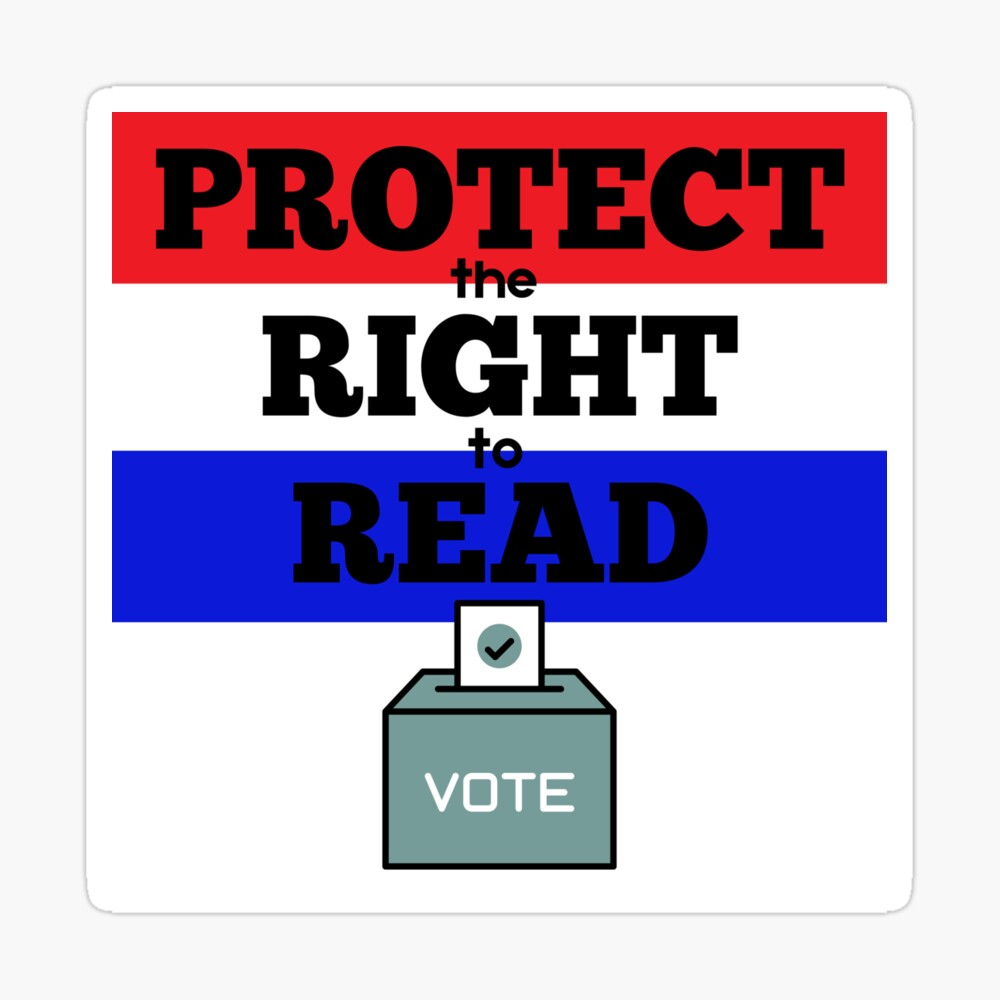Did you ever finish a book and just want to dive back in, so you can stay in that world longer? Yeah, me too. A good book creates characters and a world that readers want to spend time in and return to again and again.
There are so many fun parts of making up stories, and world-building is definitely one of them. When you’re writing fiction, you get to be architects and city planners, letting your imagination run with things that are not even possible in our own real world. In one of the earliest novels I wrote (it hasn’t been published yet), I designed an alien planet with buildings that looked like doughnuts stacked on top of each other. (I might’ve been hungry that day.)
People often think of world-building as something only fantasy writers have to do, but all characters need good worlds to live in. A good world can make the characters seem even more real, because just like we interact with our world, they will too.
Here are five tips to create worlds your readers will want to stay in.
1. Base your fictional world in our reality
If you’re writing a real-world story, this is a no-brainer. Whether your story is set in contemporary New York or 1920s London, you want to make it as real as possible. But fantasy writers should pay attention to this too. Readers need to feel like the world of your story is real to them, so having some details they can relate to helps. For example, perhaps your world has air to breathe, trees (even if they have blue leaves instead of green), roads (even if the vehicles are giant ostriches), etc. Grounding your world in your readers’ real world will give them a shortcut to being able to see your fictional world as a place they’d love to live.
2. Consider the society
I talk about this a lot in my Creating Characters Through Conflict class. The bigger society of your book’s world is so important, not only to your world-building, but to your characters as well. You might think, my story is set in a classroom so I don’t have to worry about society. But that’s not true! That classroom, or town, or even home where your story is set all belong to a society. And that society will be leaning all over the world and characters you create. Depending on the type of story you’re writing, the society might not be explicitly written about, but you, the writer, should still know it and how it affects your characters and their world. Are there class differences, religions, money? What’s the currency like? What is treasured? Who has the most power and who has the least? For example, let’s look at that example of a story set in a classroom. Perhaps taking care of the class pet is a treasured thing, so the kid who’s chosen to look after the pet has more power. And maybe the smaller chores the kids have to do to prove they’re responsible enough to take care of the pet are traded like money. Make sure you’re thinking about the bigger society of your world for your story.
3. Create rules that make sense
Our world has lots of rules and yours will too. Even if you’re writing a book about a lawless time, there are still going to be rules. Like gravity (or lack of), air to breath (or another substance), whether food is plentiful or not, etc. When you’re planning out these rules, make sure they make sense to readers, otherwise your fictional world won’t seem real. This doesn’t mean you’re limited in what you create. On the contrary! You can have a world where every time someone wears a hat, it flies off their head as though a giant magnet is pulling it into the sky. But for readers to go along with this world, you have to show why it makes sense. If hats constantly fly off your characters’ heads, readers would wonder why anyone would wear a hat. So you’d have to create another rule for the world, like maybe your characters have delicate skin that’s easily burned so they have to wear some kind of covering—and now your world is creating story conflict! Even better. 🙂 No matter what rules you come up with for your story’s world, make sure it either fits with our own reality or has an explanation that your readers can go along with.
4. Stick to those rules!
Also, and this is important, don’t suddenly change the rules of the world because it’s convenient for the story. If your characters can’t fly at the beginning of the book but are suddenly zooming around like Superman in the middle for no special reason, readers won’t be able to feel like this world is real. Whatever rules you set up for your world in the beginning of the book should still be in affect over the rest of the book. The only time this would change is if something happens in your story to change those rules, like a meteor strike or nuclear explosion raining down mutant-creating rain on all your characters. But if that were to happen, it would be a big part of your story, and that leads me to…
5. Make it work for the story
This is so key. If you’re writing about turn of the century America, make the world turn of the century America. If you’re writing a space adventure, set that world in space. If you’re writing a fantasy with a whole new world from your imagination, make sure that whatever magic or other elements are in the world match the type of story you’re telling. If it’s a light comedy, maybe the world’s magic gives people bunny ears and makes them sneeze. But if it’s a political exploration, maybe the magical elements are more telepathic and used for manipulation. Your story, your characters and your world must all work together. You do that, and your readers will love you for it.
How do you build your story worlds? Share any other tips in the comments.






